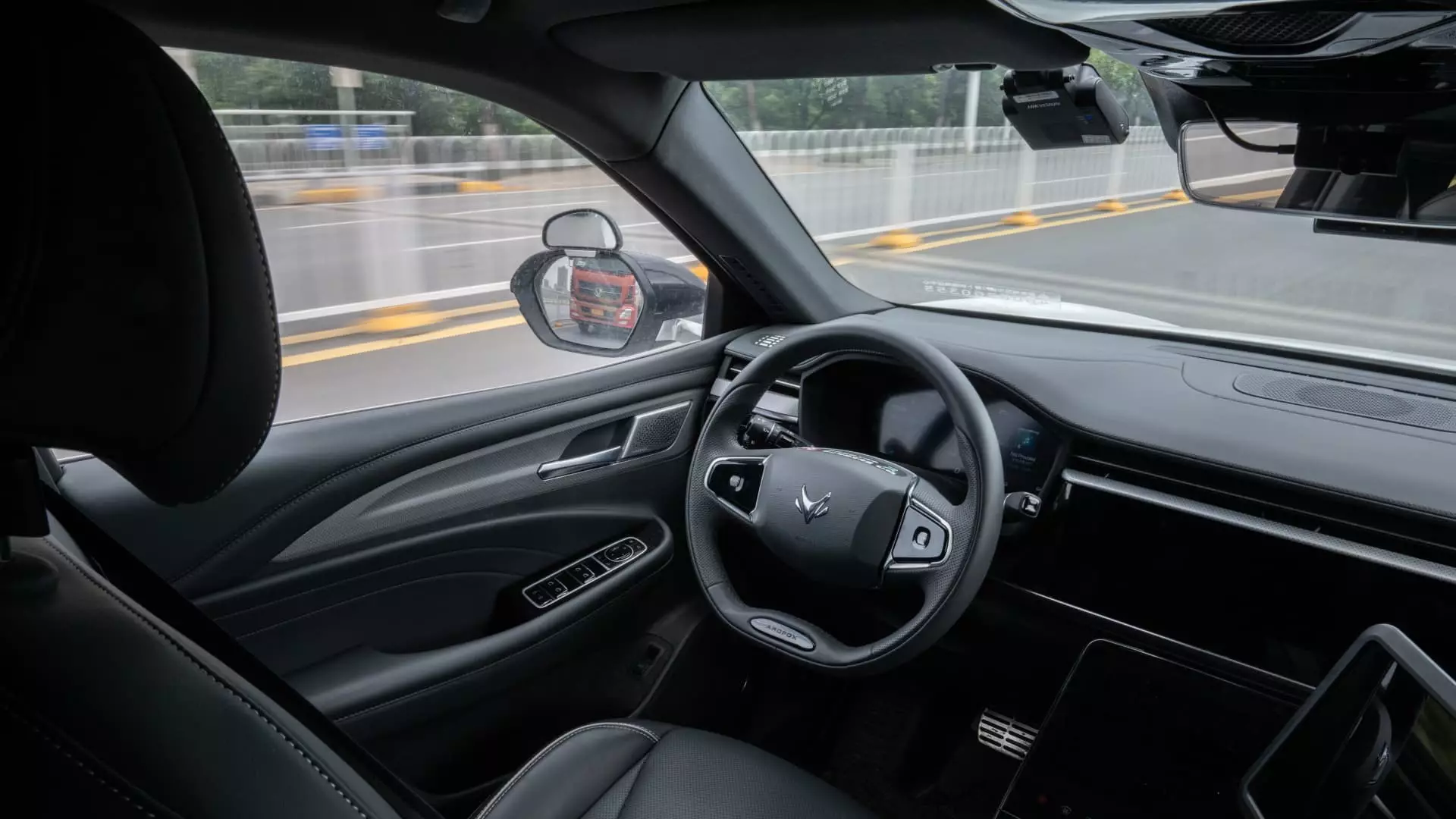China has been at the forefront of developing and implementing robotaxi services, with major players like Baidu’s Apollo Go making significant strides in the market. While the rise of robotaxis is gaining traction with consumers, it is also causing concern among traditional taxi drivers who fear losing their livelihoods due to increased competition.
The trend of robotaxis in China has been steadily growing, with local governments in cities like Beijing and Guangzhou allowing domestic companies to operate fully autonomous taxi services. This has led to a surge in public interest, as evidenced by the popularity of videos showcasing driverless taxi experiences on social media platforms like Douyin and Weibo. Baidu’s Apollo Go, one of the largest robotaxi operators in China, has also seen rapid user adoption in cities like Wuhan, where it operates fully driverless vehicles in certain districts.
Despite the excitement around robotaxis, there is also growing concern and pushback from traditional taxi drivers who fear the impact of increased competition on their jobs and income. Some taxi companies have appealed for reduced taxes and more restrictions on robotaxis to level the playing field. Wage growth in China has slowed in recent years, adding to the anxiety among taxi drivers who face uncertain prospects in a changing industry.
As the popularity of robotaxis continues to rise, some local governments in China have started to impose restrictions on the ride-hailing industry. Cities like Guyuan and Guiyang have suspended online ride-hailing businesses and new licenses, citing market saturation and the need to regulate non-compliant operators. The increasing number of ride-hailing companies and drivers in China has raised concerns about oversaturation and the need for stricter regulations to ensure fair competition.
Despite the challenges and concerns surrounding robotaxis, the future of autonomous driving in China looks promising. The government has released plans to promote cloud-connected cars and pilot low-speed unmanned vehicles in various regions. Major cities like Beijing, Shanghai, Chongqing, and Wuhan have already allowed robotaxi operators to test cars in suburban areas, signaling a commitment to embracing autonomous driving technology.
The rise of robotaxis in China is reshaping the transportation industry and sparking debate about the impact on traditional taxi drivers. While robotaxis offer a glimpse into the future of autonomous driving, they also present challenges in terms of job displacement and regulatory issues. As the industry continues to evolve, finding a balance between innovation and regulation will be crucial to ensuring a sustainable and equitable transportation ecosystem for all stakeholders.

Leave a Reply